Tag: R&P Depot (Richmond VA)
Wikipedia says: The Richmond and Petersburg Railroad moved passengers and goods between Richmond and Petersburg from 1838 to 1898. It survived the American Civil War and eventually merged into the Atlantic Coast Line Railroad in 1900.
The Virginia General Assembly granted a charter of a railroad between Richmond and Petersburg in 1836 which connected other railroad lines to make profits transporting cotton and coal to market. Moncure Robinson, the engineer who designed the Reading Railroad owned by the Reading Company, designed the Richmond and Petersburg Railroad. The rail line was completed to Manchester, Virginia’s industry on the south bank of the James River across from Richmond, Virginia. The steam engines would pass right under the terminus of the mule and gravity powered Chesterfield Railroad, which brought coal from Midlothian, Virginia to Manchester. The Richmond and Petersburg Railroad Bridge across the river, connecting to Richmond, would be built after the rail line was completed. The Panic of 1837 lead to a reduction in the purchase of subscriptions to ship on the rails so it was difficult to pay for construction. The Virginia Board of Public Works advanced money for their subscription and England loaned money to keep the Richmond and Petersburg Railroad company solvent. The labor for the railroad was provided by slaves, but slave holders collected fees from leasing arrangements, and the railroad company provided clothes for the slaves. The Rail line was completed in 1838.
A branch line was created to Port Walthall which connected to Norfolk, Washington, Baltimore and Philadelphia by Steamboat in 1845. In 1846 passengers began to travel this way and freight could be shipped as well. The rail line also carried mail under contract with the U.S. Postal Service.
Transporting coal
The Clover Hill Railroad Company was chartered in 1841 by the Virginia General Assembly to do business with the Richmond and Petersburg Railroad but was not allowed to charge more than 2 cents per bushel of coal shipped over the railroad. The Clover Hill Railroad brought coal from the newly discovered Clover Hill Pits beginning in 1848. This coal was taken to Richmond and Petersburg Railroad and shipped north from Port Walthall. Although the Clover Hill made a large profit at first, the Chesterfield Railroad could not move coal from Midlothian to Manchester as efficiently as the steam powered Richmond and Danville Railroad, which reached Midlothian in 1850. The Chesterfield Railroad was sold when the Virginia General Assembly gave the Chesterfield Railroad permission to sell off its assets in the same year. The Richmond and Petersburg Railroad lost money as well. In 1948, the Virginia General Assembly allowed the Richmond and Petersburg to cut by half the total shares of stock and give each creditor one half as many shares, paying the same dividends per share because of losses and debts incurred by the railroad company.
1857 legal precedent set by Richmond and Petersburg Railroad
In the same year as the Panic of 1857, the Richmond and Petersburg Railroad faced a lawsuit, The Richmond and Petersburg Railroad v. Martha J. Jones, over hitting several cows in a railroad accident. The plaintiff had left her cows outside of her fence and they wandered onto the track. The railroad was found to be following their lawful practices. The railroad was found not to be liable and a precedent was set that a railway company has the same rights and protection, when doing lawful business as a person doing lawful business. To collect damages, the plaintiff must show a lack of skill or caution.
Civil War and Reconstruction
Railroads in the Southern United States were funded to boost local economies. The Richmond and Petersburg Railroad owned an Omnibus and coaches to take passengers from one line to another. Goods and passengers had inefficient connections when travelling through cities and passengers would have to stay at hotels. Robert E. Lee, of the Confederate States of America predicted that the south’s non-connecting railroads would cause problems for the military. He was proven correct when two locomotives had to be hauled over land around Alexandria during the American Civil War.
Towards the end of the war, Lt. Gen. Ulysses S. Grant tried to cut off the Richmond and Petersburg Railroad, which was the supply line to Richmond, in the Siege of Petersburg. The Confederacy eventually destroyed the bridge across James River as they retreated. The U.S. Federal Government rebuilt the bridge over the James River, a 400-foot long (120 m), 12-foot high (3.7 m) trestle bridge on the Richmond and Petersburg Railroad in the last year of the Civil War.
After the War, railroads were held by owners outside of the southern cities during the Reconstruction Era. These non-residents were happy to have rail lines that passed through cities efficiently. Union stations were built to connect different rail lines. A company, owned by both railroads, was founded in 1867 to connect the Richmond and Petersburg with the Richmond, Fredericksburg and Potomac. Investments in the railroad also paid for the rebuilding of the Richmond and Petersburg Railroad Bridge over the James River.
The train took about an hour end to end in 1884, with a fast route with no stops that took 45 minutes. Three passenger runs and a mail run went in each direction with connections to the Brighthope Railway, the Petersburg Railroad, the Norfolk and Western Railroad and the Richmond, Fredericksburg and Potomac Railroad.
The Richmond and Petersburg Railroad had been built with a 5 ft (1,524 mm) gauge and the Brighthope Railway, formerly the Clover Hill, had been changed to the narrow gauge of 3 ft (914 mm). Railroad Officers of the South met in Atlanta in February 1886 to determine a day to standardize gauges on all railroads to enable trains to travel all over the south without loading or unloading or having passengers change trains. In May the gauge was quickly changed to 4 ft 8 1⁄2 in (1,435 mm). The Brighthope Railway, a privately held spur, was not changed.
Railroads used wood to power the steam engines before the civil war. During the Civil War, the Richmond and Petersburg wood choppers, who were slaves, provided fuel for the steam engines. After 1870, as the eastern forests were cleared, coal gradually became more important. The Richmond and Petersburg hired firemen that shovel coal in 1893 and did not list any wood purchased in their account of fuel.
Showing all 16 resultsSorted by latest
-
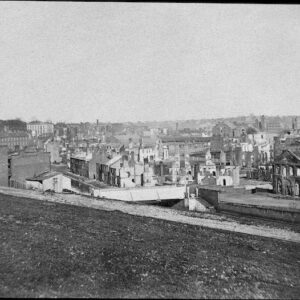
Image ID: AZIG
$0.99 -
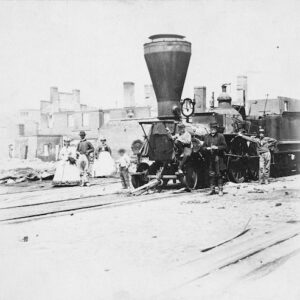
Image ID: AMDA
$5.99 -
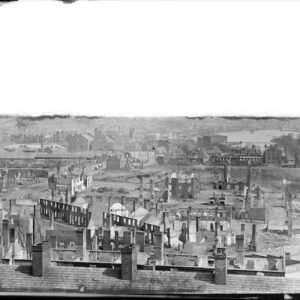
Image ID: AQQB
$6.99 -
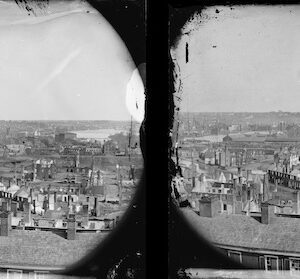
Image ID: ARUY
$5.99 -
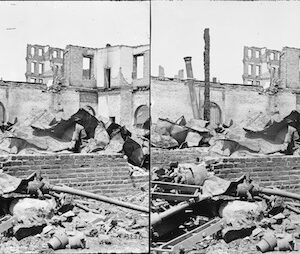
Image ID: AMTG
$6.99 -
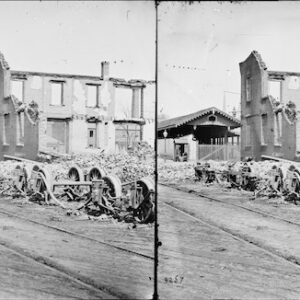
Image ID: AMTH
$6.99 -
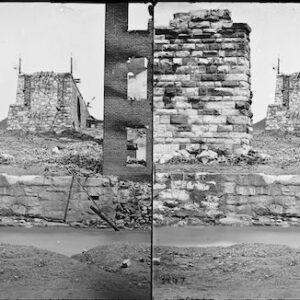
Image ID: AOWZ
$6.99 -
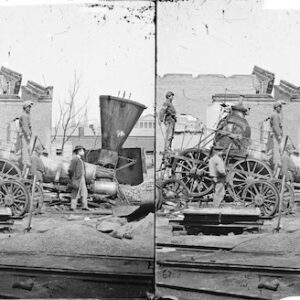
Image ID: AJED
$6.99 -

Image ID: AJDY
$6.99 -

Image ID: AJEF
$6.99 -
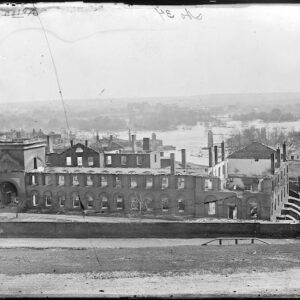
Image ID: AEQM
$4.99 -
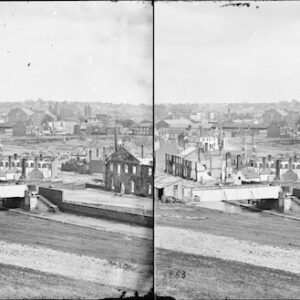
Image ID: ALGX
$6.99 -
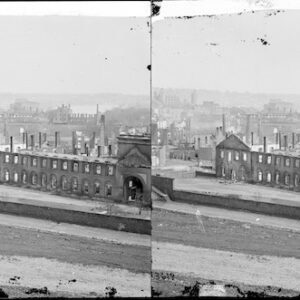
Image ID: ALSZ
$6.99 -
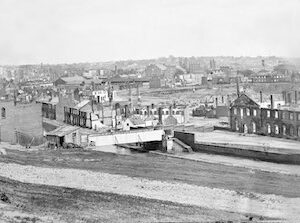
Image ID: ATZK
$8.99 -
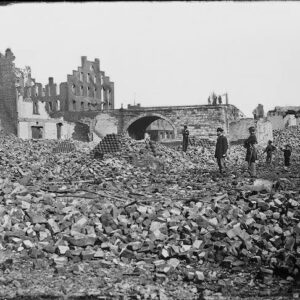
Image ID: AAJU
$4.99 – $5.99 This product has multiple variants. The options may be chosen on the product page -
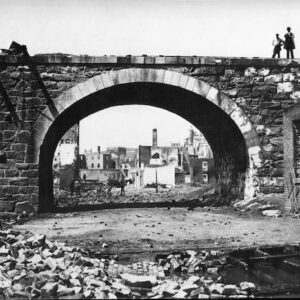
Image ID: AAKG
$2.99